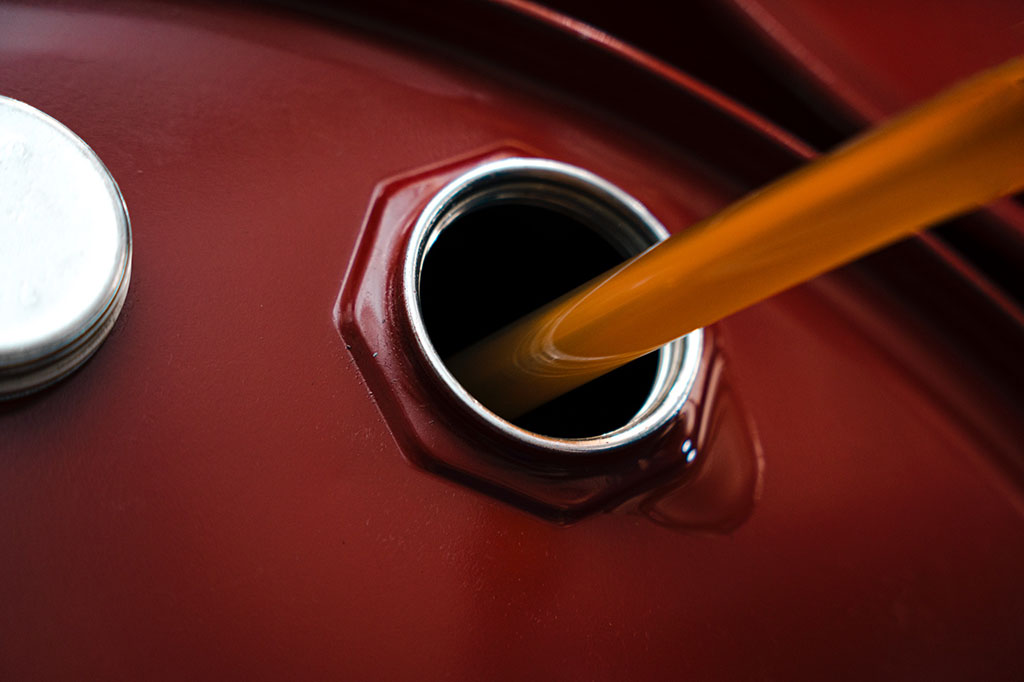Oil viscosity determines both volumetric and mechanical efficiencies. In addition, it also indicates its resistance to flow. An incorrect value can cause damage and lead to poor performance. Proper viscosity, therefore, is vital for optimum performance of hydraulic systems.
The loss of energy due to friction in a fluid is due precisely to its viscosity. The instant a liquid or gas is in motion, a frictional force arises within it. This force is directly related to the viscosity of the fluid.
What is oil viscosity
The viscosity of the oil measures its resistance to flow. The higher the viscosity, the thicker the oil and vice versa. A concept that is fundamental to proper lubrication. Viscosity is perhaps the most important characteristic of hydraulic oil. Viscosity grade is measured in the Saybolt Second Universal (SSU) unit.
What is the oil viscosity index
The ISO numbering of an oil is its viscosity grade at 40ºC. It means, for example, that an ISO 68 oil is an oil whose viscosity at 40°C is 68 cSt (±10%).
What does AW 68 mean?
The literal description of AW 68 is mineral oil with ISO 68 viscosity grade formulated with anti-wear additives, oxidation and corrosion inhibitors and demulsifiers for hydraulic systems operating at high pressures.
These hydraulic fluids are generally used in industrial machinery, bearings or even pump bearings. We are therefore talking about heavy-duty hydraulic equipment. But they can also be used for:
- Lubrication systems.
- General lubrication.
- Light duty reciprocating compressors.
- High-pressure hydrostatic systems, in particular those with state-of-the-art vane and piston pumps.
How to choose the right hydraulic oil?
Choosing the right oil improves efficiency and reduces wear, allowing you to use less fuel and extend equipment life.
Here are the three essential qualities when selecting oil:
- Low or high oil viscosity index.
- With or without detergent.
- Anti-wear or non-anti-wear.


